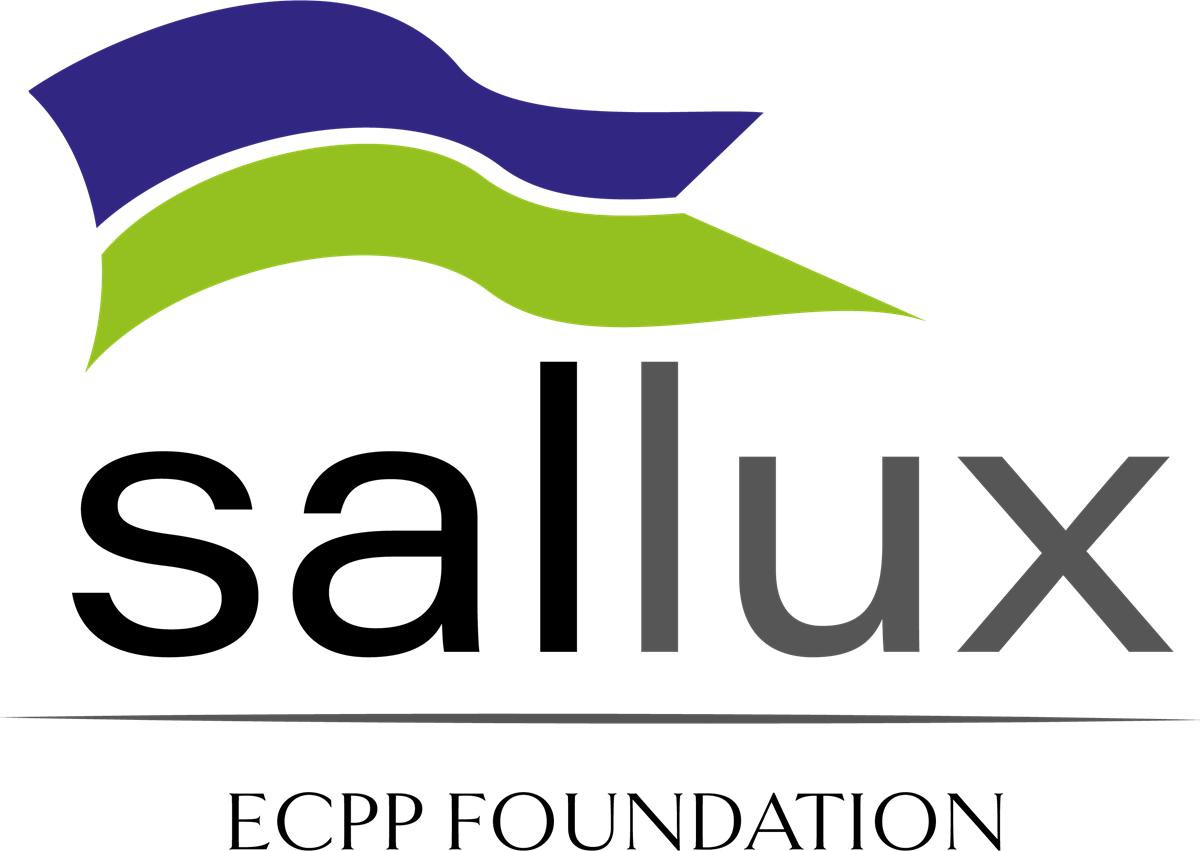Tuesday, July 13, 2021
Plastics use has increased 20-fold in the last 50 years with expectations to at least double within the following 20 years. Plastics have environmentally beneficial advantages for example due to the lightness of the material it provides climate benefits in worldwide logistics and transportation. Plastics’ use as protective packaging also improves shelf life of products and reduces direct food waste. Despite the benefits, plastics cause environmental problems which are not easy to solve. (Ympäristöministeriö 2021.) Plastics can be manufactured from bio-based materials, but the World Economic Forum estimates that by 2050 one-fifth of the world production of oil will be used for plastics manufacturing. This would contribute alone to 15% of annual carbon budget. All together plastic waste emits around 400 million tons of carbon dioxide annually worldwide. (Ympäristöministeriö 2021.) The world has awakened to the oceans stage concerning the disadvantages of plastics. Our oceans hold 500,000 tons of plastic waste which equals to 66,000 garbage trucks. Plastic debris is found in all seas, all depths, scattered in the depths of the shores or in the five enormous whirlwinds in our oceans. It is known that the plastic problem manifests itself in micro-sized particles, commonly known as microplastics. The effects of microplastics on humans and environment are largely unexplained still. (Ympäristöministeriö 2021.) The harm by plastics is being addressed and countries are making initiatives on preventing plastic waste. China used to receive European waste plastics but has banned the import altogether. These prohibitions and restrictions together with European union’s comprehension on its responsibilities and duties in handling its own waste has resulted in the development of a strategy for moving towards a sustainable circular plastic economy. (Ympäristöministeriö 2021.) This European regional plastics initiative is the basis for Finland’s own roadmap on reduction of plastics which will be the framework for our project. Our initial brief was given around the following questions: What to do with plastic? What is happening to plastic waste? How much plastic is recycled and in what direction is recycling going? Are plastics exported from e.g., Finland to Africa? What about elsewhere? When should plastic be incinerated in waste incineration plants and when should it be recycled? How should household plastic waste recycling be organized in cities vs. sparsely populated areas? Where does the limit go: how small amounts should be collected e.g., from countryside? Since the project needed a theoretical framework, it was agreed with the client that the status of Finland’s policy and European union’s policy would be the framework for reflecting what is the status of plastic waste handling and what could and should be done. The project should be conducted keeping in mind the umbrella term “Cases of innovative use & new technology”. New innovations and technical solutions should be gathered for further follow-up on the matter of plastics. Since the project had limited resources in terms of time and number of students the project targets needed to be narrowed down. In the second chapter we review the global, European, and Finnish initiatives which impact shifting into a circular plastic economy which gives a systematic approach and set targets for plastics handling and recycling. In the third chapter we revise how plastics are being recycled or incinerated. In the fourth chapter we present new innovations and technologies in handling plastic waste. In the fifth chapter we benchmark companies and other countries for best practices for handling plastic waste. In the sixth and final chapter we conclude that success requires participation and further innovation and investment from all sectors. Educating citizens will be equally as important. Please, find the full article and a list of references on the website of Kompassi Credits to: Hoang Anh, Matvei Galchenko, Kati Nikkilä and Quynh D Nguyen INTRODUCTION
